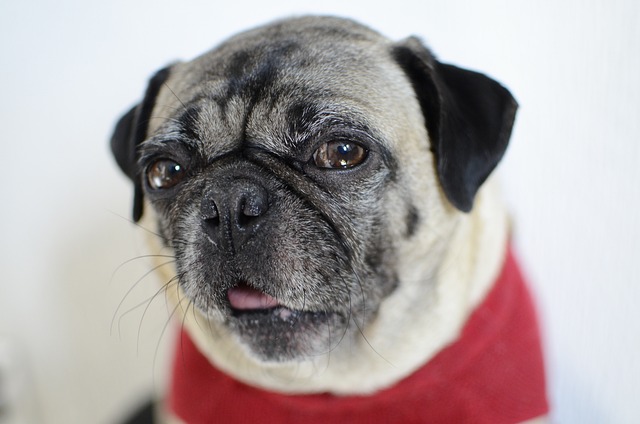
How can I tell if my dog's heatstroke is serious
Let’s be real: It’s a sticky August morning in Los Angeles, and you took your 2-year-old Golden Retriever, Max, for a walk a little later than usual
Seeing your dog constantly scratching, with flaky skin and greasy patches is heartbreaking. Seborrhea can turn your pup’s life into a miserable itch-fest, but what’s in their bowl can make a world of difference. Before overhauling their diet, though, it’s essential to understand local regulations and ensure any changes align with veterinary advice.
First off, avoid jumping straight to trendy “miracle diets” you see online. In many areas, making drastic dietary changes without professional guidance violates animal welfare norms, and could even put your dog at risk. Some homemade diets lack essential nutrients, and unregulated supplements might contain ingredients harmful to your pet. Always consult your vet before making any significant shifts—their expertise trumps internet advice every time.
Now, let’s talk about foods that can help. Omega-3 fatty acids are a game-changer for seborrhea. Found in wild-caught salmon, sardines, and high-quality fish oil supplements designed specifically for dogs, these healthy fats reduce inflammation and promote a shiny, healthy coat. Just make sure the fish oil you choose is sourced from reputable brands and free from contaminants, and follow the dosage instructions carefully to avoid upsetting your dog’s stomach.

Probiotics are another secret weapon. Yogurt (plain, unsweetened, and without artificial sweeteners like xylitol, which is toxic to dogs) or specialized probiotic supplements can balance the gut microbiome. A healthy gut is linked to improved skin health, as it helps reduce inflammation from within. You can also try fermented foods like kefir, but introduce them slowly to avoid digestive issues.
Protein sources matter too. Lean meats like chicken, turkey, and venison are often well-tolerated by dogs with sensitive skin. Look for high-quality, grain-free dog foods if your vet suspects a food allergy might be triggering the seborrhea. But remember, grain-free doesn’t always mean better—some dogs thrive on grains, so it’s all about finding what works best for your individual pet.
Fruits and vegetables play a role as well. Blueberries are packed with antioxidants that fight free radicals and support overall skin health. Sweet potatoes offer beta-carotene, which converts to vitamin A and aids in cell repair. Just be cautious with portion sizes, as too much can upset your dog’s digestion. And always wash produce thoroughly to remove any pesticides.
If your dog’s seborrhea symptoms don’t improve within a few weeks of dietary changes, it’s time for another vet visit. They may recommend prescription diets formulated specifically for skin conditions, or run tests to rule out underlying health issues like hormonal imbalances. Some regions require veterinary supervision when feeding prescription diets, so follow the rules to keep your dog safe and healthy.
Feeding your dog with seborrhea isn’t just about filling their bowl—it’s about giving them relief from that constant itch. With the right combination of vet-approved foods, careful monitoring, and a bit of trial and error, you can help your furry friend get back to their happy, healthy self. After all, seeing your dog wagging their tail without stopping to scratch is the best reward you could ask for.

Let’s be real: It’s a sticky August morning in Los Angeles, and you took your 2-year-old Golden Retriever, Max, for a walk a little later than usual

You're enjoying a summer afternoon at the park when you notice your dog has stopped panting and appears disoriented - their gums are bright red

Let’s paint the picture: You’re in your Denver apartment, watching your 4-year-old Boston Terrier, Ruby, plop down mid-play session with her favorite toy

Many dog owners notice their pets nails seem shorter after regular walks,but how much does this daily activity actually help?The answer depends on where you walk—concrete sidewalks or asphalt streets gently file nails as a dog's paws hit the ground

Most dog owners notice their pup scooting across the carpet at some point, but few connect it to impacted anal glands. These small sacs near a dog’s rectum secrete a scent for marking territory

Most vets agree that regular dog teeth cleaning is key to avoiding painful dental issues later. For healthy adult dogs, a professional cleaning at the vet’s office every 12 to 18 months usually works well.